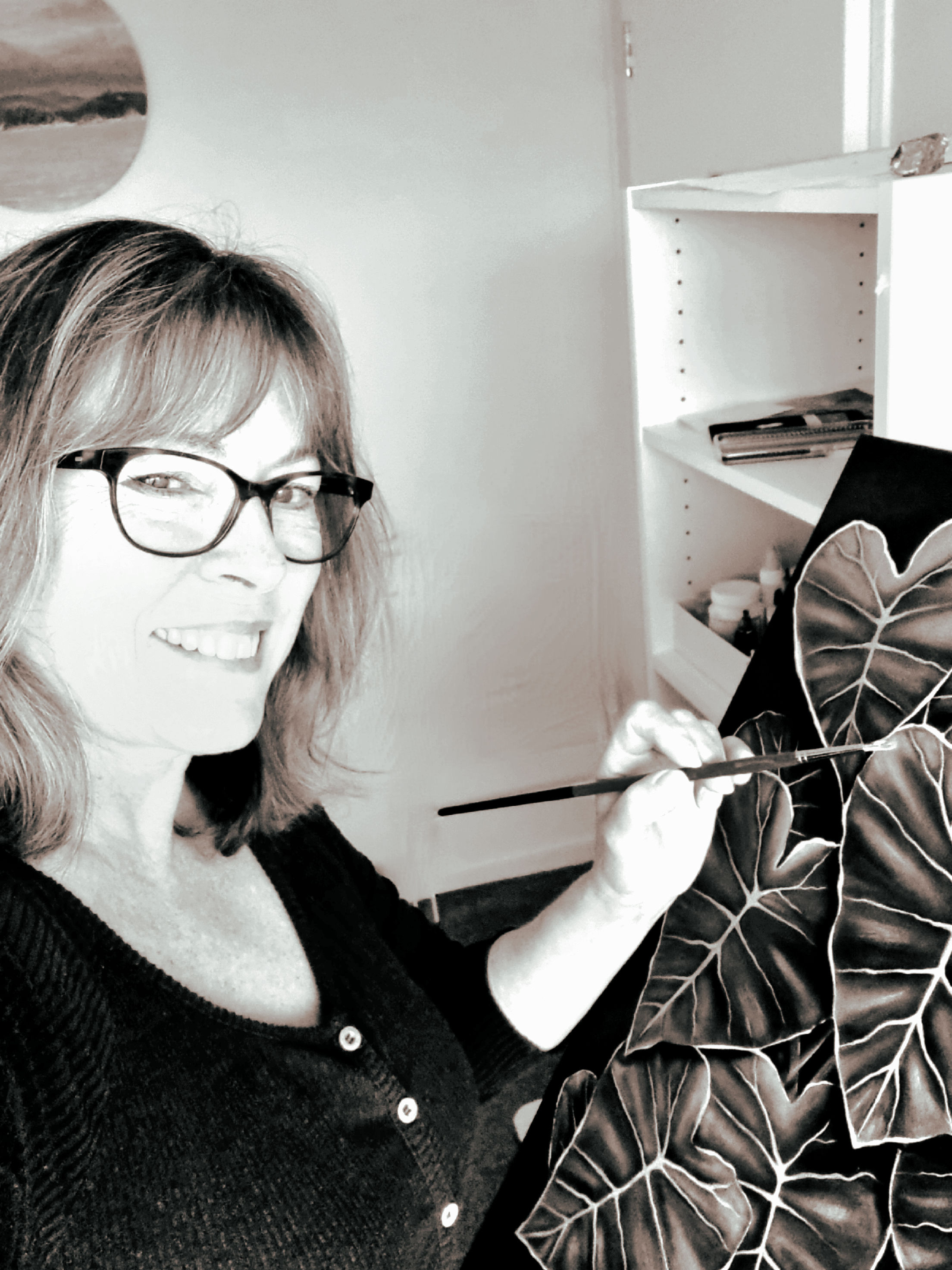The Importance of an Isolation Coat in My Painting Process
- Sue Lockett

- Sep 27, 2024
- 2 min read
As an acrylic artist, preserving the vibrancy and longevity of my artwork is a top priority. One essential step in this process is applying an isolation coat before varnishing. An isolation coat serves as a protective barrier between the paint surface and the final varnish, ensuring that the colours stay as fresh as the day they were painted.
I like to use Golden's isolation coat for a smooth and even finish. This product is ready to use, and doesn't require water to be added. It's available from most art supply stores, but I buy this from Gordon Harris.
This product is glossy, and may look milky when applied, but it dries clear. It's important to apply the coat evenly to avoid any pooling or streaking, and to let it dry completely before moving on to the varnishing stage. I've discovered a little trick - warm up the room you are working in if it is a bit cold, as this helps the product flow better.
Here’s a step-by-step breakdown of my process:
Preparation – I ensure the painting is fully dry and dust-free before applying the isolation coat to the painting.
Stir – Stir gently and try to avoid getting too many bubbles in it. Let it sit for a little bit after stirring.
Application – Using a soft, wide nylon brush, I apply the coat in even strokes, working in one direction to minimise brush marks.
Drying – After applying the coat, I allow it to dry for 24 hours in a dust-free environment.
Varnishing – Once the isolation coat is dry, I’m ready to varnish the painting to give it that final, protective finish.
Applying an isolation coat isn’t just about technique—it’s about ensuring that the artwork you take home remains as vivid and striking as it was the moment it was completed. For collectors, knowing that a piece has been carefully protected can increase the confidence in its longevity and value. Over time, this extra layer of protection preserves the intricate details and vibrant colours that drew you to the piece in the first place.
Feel free to reach out if you have any questions!






Comments